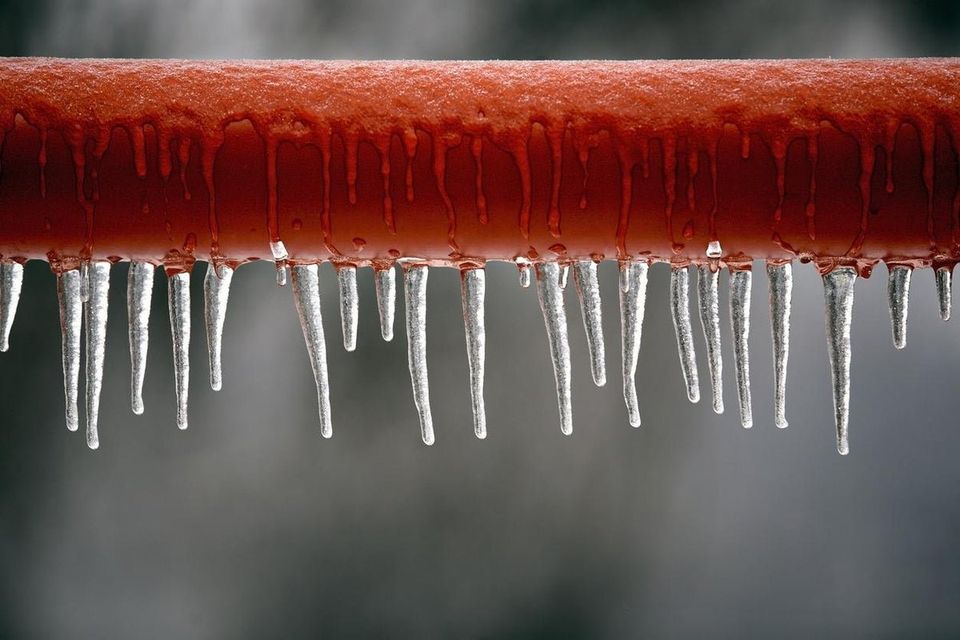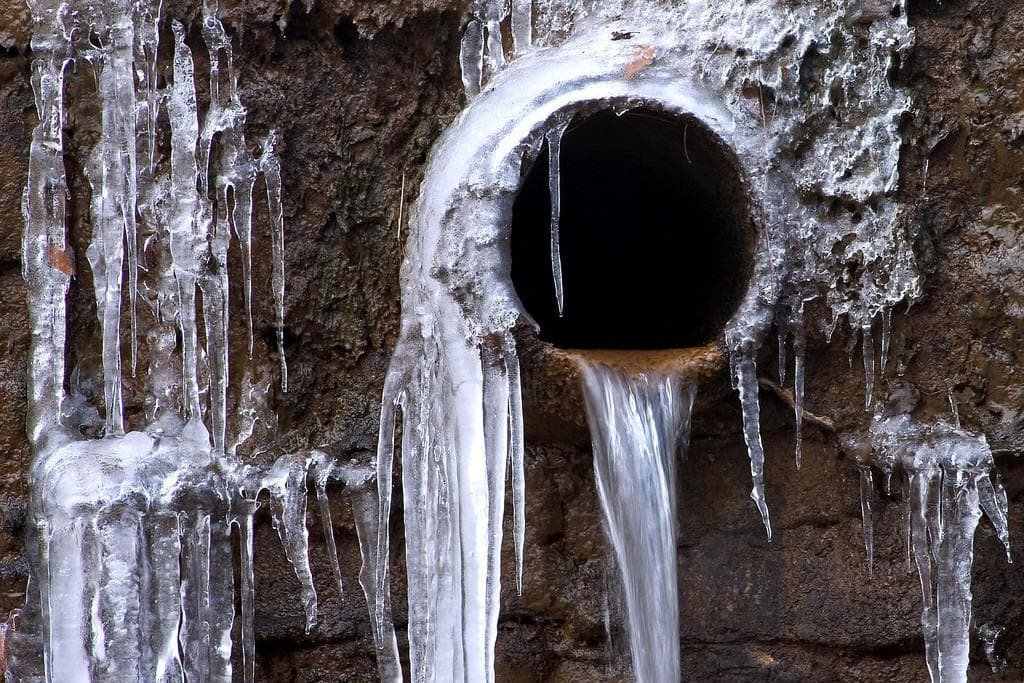Avoiding Frozen Pipes in Cold Weather: Essential Tips
Avoiding Frozen Pipes in Cold Weather: Essential Tips
Blog Article
The article author is making a number of good points on the subject of How To Avoid Freezing Pipes overall in this content below.

Winter can damage your plumbing, specifically by freezing pipes. Here's just how to prevent it from taking place and what to do if it does.
Introduction
As temperature levels decrease, the danger of icy pipes rises, potentially causing costly repair services and water damages. Comprehending how to avoid icy pipes is essential for home owners in cold environments.
Recognizing Frozen Pipes
What triggers pipelines to ice up?
Pipes ice up when exposed to temperature levels listed below 32 ° F (0 ° C) for prolonged periods. As water inside the pipelines ices up, it increases, putting pressure on the pipe wall surfaces and potentially causing them to break.
Dangers and damages
Icy pipes can bring about water supply disruptions, residential or commercial property damages, and pricey repairs. Ruptured pipelines can flooding homes and create extensive architectural damage.
Indicators of Frozen Piping
Determining icy pipelines early can stop them from breaking.
Just how to determine icy pipes
Search for decreased water flow from faucets, uncommon smells or sounds from pipelines, and noticeable frost on subjected pipes.
Avoidance Tips
Shielding vulnerable pipelines
Cover pipes in insulation sleeves or use heat tape to secure them from freezing temperatures. Focus on pipelines in unheated or outside areas of the home.
Heating techniques
Maintain interior areas properly heated, specifically areas with pipes. Open closet doors to enable warm air to flow around pipes under sinks.
Shielding Outside Pipes
Yard hose pipes and exterior faucets
Separate and drain yard hoses before winter months. Install frost-proof faucets or cover outdoor faucets with shielded caps.
What to Do If Your Pipes Freeze
Immediate activities to take
If you suspect frozen pipelines, keep faucets open up to soothe pressure as the ice melts. Utilize a hairdryer or towels taken in warm water to thaw pipelines slowly.
Long-Term Solutions
Architectural adjustments
Think about rerouting pipes far from outside wall surfaces or unheated locations. Add added insulation to attic rooms, basements, and crawl spaces.
Upgrading insulation
Purchase top quality insulation for pipelines, attics, and walls. Appropriate insulation helps preserve regular temperature levels and lowers the danger of frozen pipes.
Conclusion
Preventing icy pipelines calls for proactive measures and fast actions. By comprehending the causes, indicators, and preventive measures, homeowners can shield their pipes during winter.
5 Ways to Prevent Frozen Pipes
Drain Outdoor Faucets and Disconnect Hoses
First, close the shut-off valve that controls the flow of water in the pipe to your outdoor faucet. Then, head outside to disconnect and drain your hose and open the outdoor faucet to allow the water to completely drain out of the line. Turn off the faucet when done. Finally, head back to the shut-off valve and drain the remaining water inside the pipe into a bucket or container. Additionally, if you have a home irrigation system, you should consider hiring an expert to clear the system of water each year.
Insulate Pipes
One of the best and most cost-effective methods for preventing frozen water pipes is to wrap your pipes with insulation. This is especially important for areas in your home that aren’t exposed to heat, such as an attic. We suggest using foam sleeves, which can typically be found at your local hardware store.
Keep Heat Running at 65
Your pipes are located inside your walls, and the temperature there is much colder than the rest of the house. To prevent your pipes from freezing, The Insurance Information Institute suggests that you keep your home heated to at least 65 degrees, even when traveling. You may want to invest in smart devices that can keep an eye on the temperature in your home while you’re away.
Leave Water Dripping
Moving water — even a small trickle — can prevent ice from forming inside your pipes. When freezing temps are imminent, start a drip of water from all faucets that serve exposed pipes. Leaving a few faucets running will also help relieve pressure inside the pipes and help prevent a rupture if the water inside freezes.
Open Cupboard Doors
Warm your kitchen and bathroom pipes by opening cupboards and vanities. You should also leave your interior doors ajar to help warm air circulate evenly throughout your home.

I came across that page on How to Prevent Your Pipes From Freezing while doing a lookup on the web. If you enjoyed reading our blog post if you please do not forget to share it. Thank you for being here. Return soon.
This Website Report this page